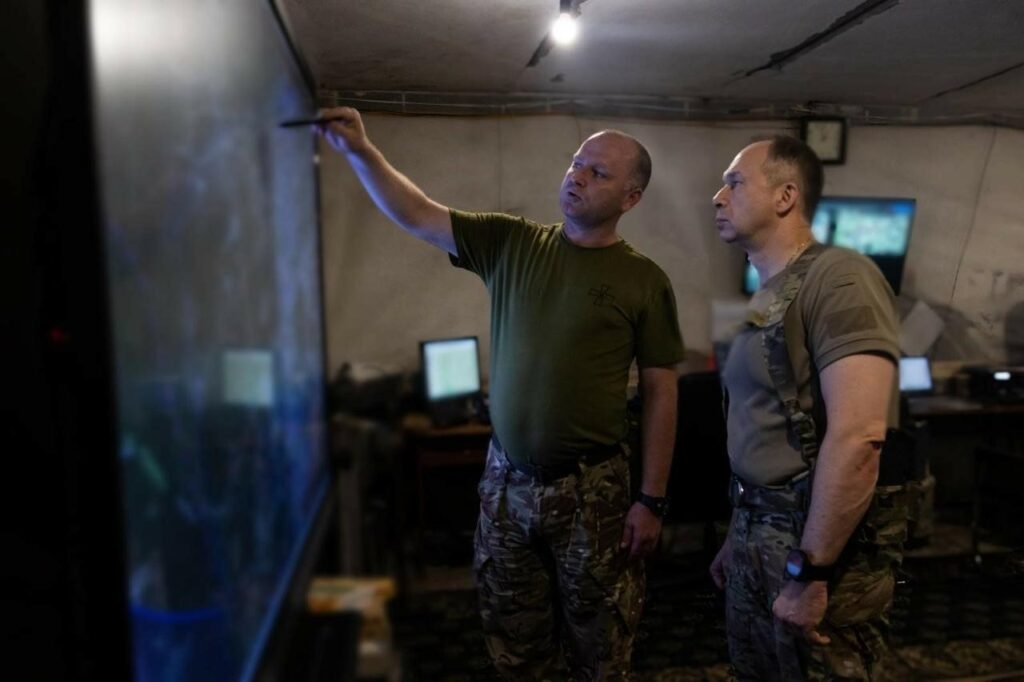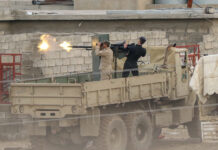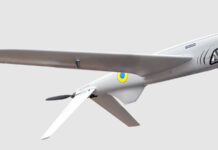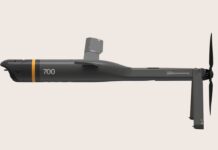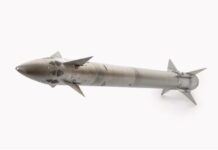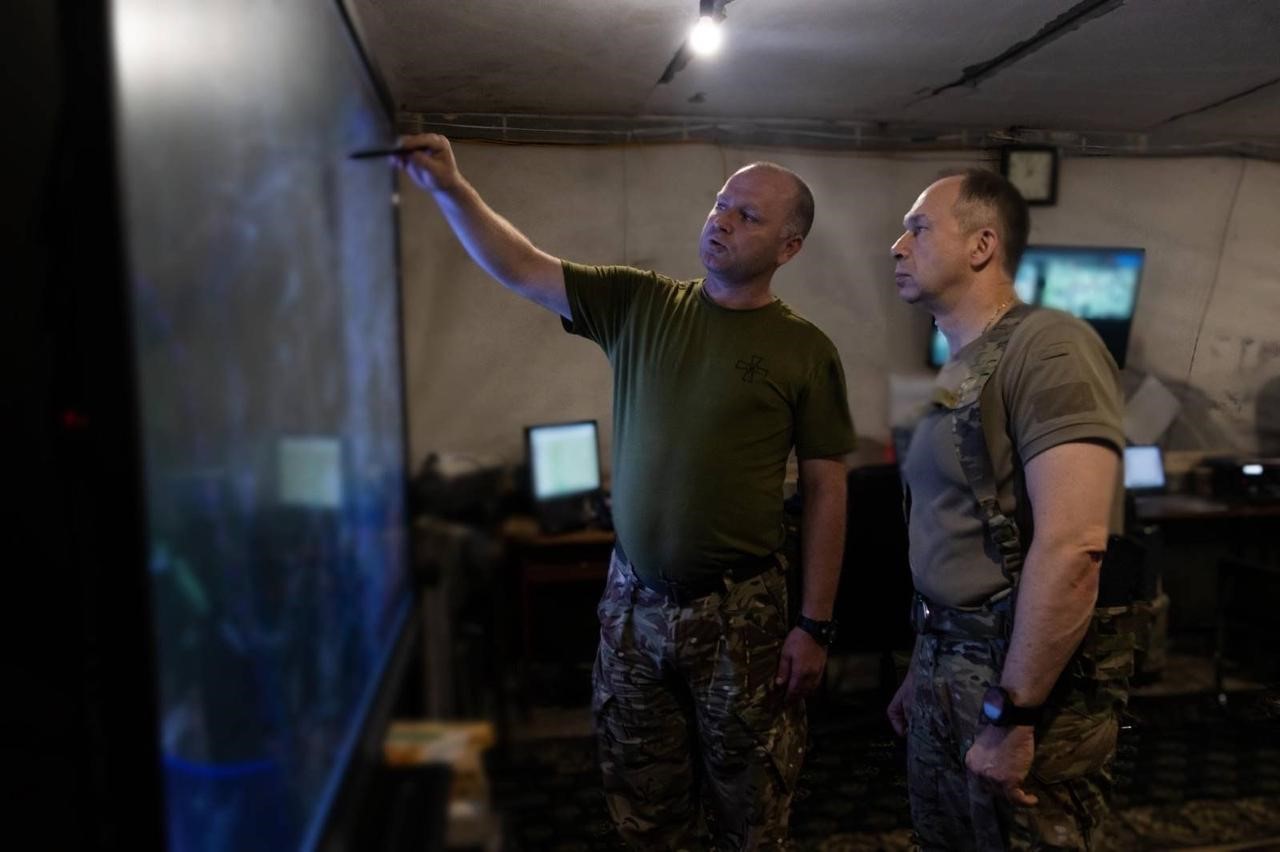
Ukraine’s surprise offensive into Russia’s Kursk region enters its second week
Peter Felstead
With Ukraine’s surprise offensive into Russia’s Kursk Oblast, which began on 6 August 2024, now having lasted a full week, Ukrainian President Volodymyr Zelenskyy has acknowledged the operation.
Speaking late on 10 August, Zelenskyy said, “Today, I received several reports from Commander-in-Chief [Colonel General Oleksandr] Syrskyi regarding the front lines, our actions and the push to drive the war onto the aggressor’s territory. I thank every unit of our Defense Forces that is making this possible. Ukraine is proving that it truly knows how to restore justice and applies the necessary pressure on the aggressor.”
Col Gen Syrskyi, who was appointed as commander-in-chief of the Ukrainian armed forces on 8 February 2024, was quoted on 12 August as saying, “As of now, we control about 1,000 square kilometres of the territory of the Russian Federation. The troops are fulfilling their tasks. Fighting is ongoing actually along the entire front line. The situation is under our control.”
Russian authorities, who have admitted that Ukraine controls around 28 settlements in the Kursk Oblast, have already evacuated more than 100,000 civilians from the area and on 12 August continued to do so.
As the Ukrainian incursion into Kursk continues to force the Russian military to draw reinforcements from other areas to stem the offensive – presumably one of the key Ukrainian objectives – it remains to be seen how long the Ukrainian offensive can be sustained. While pro-Ukrainian irregular Russian units have previously mounted raids across the border, the presence of regular enemy forces on Russian territory for the first time since the Second World War is deeply embarrassing for Russian President Vladimir Putin, who will obviously pressure his generals in any way he can to end the situation.
The Ukrainian operation thus becomes even more high risk the longer it continues. As things stand it can be considered a stunning operational victory offering a significant boost to Ukrainian morale; however, if the Ukrainian forces involved suffer heavy casualties in troops and materiel, which they can ill afford to do, any sense of success will be significantly compromised, while the longer the operation continues, the more acute the Ukrainians’ logistical problems will become.
In his 10 August briefing, posted on social media, Zelenskyy praised the continued imposition of sanctions on Russia, referenced the latest military aid package received from the United States and alluded to the potential future provision of more long-range capabilities from US allies.
“I’m grateful for the new defence packages for Ukraine,” he said. “This week, we received an American package, including missiles for Stingers, ammunition for HIMARS [the M142 High Mobility Artillery Rocket System], and 155 mm artillery shells. We are working to ensure timely logistics so that this aid is felt on the front lines as quickly as possible.
“We are also eagerly awaiting decisions on long-range capabilities from the United States, the United Kingdom, and France – strong decisions that will bring us closer to a just peace,” Zelenskyy added.
Meanwhile, the Ukrainian offensive in Kursk has produced some interesting developments. For example, the perceived lack of fighting quality of the ‘Akhmat’ units loyal to Chechen strongman Ramzan Kadyrov appears to have been borne out, with multiple reports of these units fleeing the battlefield and/or being taken prisoner. Indeed, the presence of Akhmat units in the Kursk Oblast may have been one reason why the Ukrainian planners figured they could prevail there.
Another interesting battlefield development concerns Ukrainian bomb-laden unmanned aerial vehicles (UAVs) appearing to down Russian helicopters over the Kursk region on at least two occasions. A first attack took place against a Russian Mi-28 attack helicopter on 6 August, a source in the Security Service of Ukraine (SBU) told the Kyiv Independent. Footage of the attack appearing on social media the same day did, indeed, show images from a UAV video feed of an Mi-28 being closed upon, although it is unclear if the helicopter was destroyed.
Then, on 9 August, footage was posted of another attack by a bomb-laden UAV on a Russian helicopter, this time an Mi-8 transport helicopter. The footage clearly showed the UAV closing onto the tail rotor of the Mi-8, with reports accompanying the footage claiming the helicopter was destroyed in the attack.
